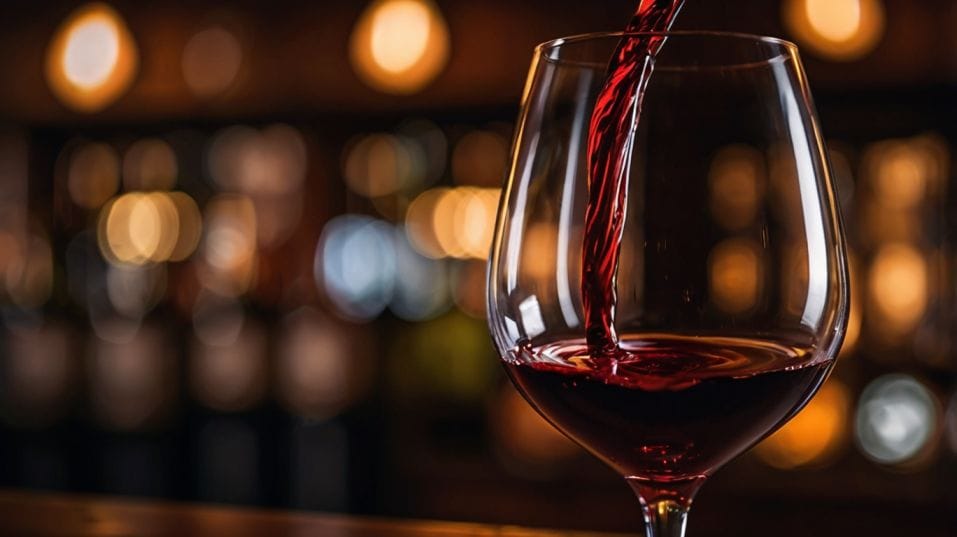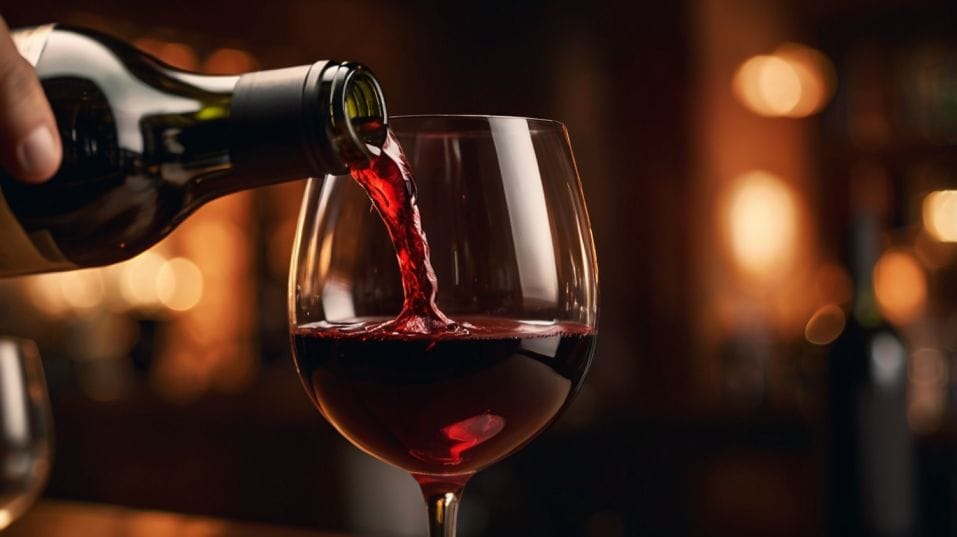Swirling Isn’t Just for Show (But It Can Be)
Swirling wine isn’t just for show—it sharpens aroma, boosts flavor, and builds confidence. Learn how to swirl with purpose and taste deeply.

Ever wonder why wine lovers swirl their glass before sipping? It’s not just for flair. Swirling releases hidden aromas, wakes up the wine, and makes every sip more vivid. And no—you don’t need to be a sommelier to do it well.
Whether you're just starting to explore wine or looking to boost your confidence at the table, learning when (and why) to swirl gives you a simple, powerful edge in every glass.
What’s Really Happening When You Swirl
At the most basic level, swirling introduces oxygen to the wine. That oxygen triggers a chemical reaction that helps volatile compounds rise more readily to the surface. In plain terms: swirling makes it easier to smell what’s inside the glass.
Since aroma accounts for the majority of what we perceive as flavor, this matters a lot. Without it, wine can seem muted or one-dimensional.
Swirling helps express the wine’s full aromatic range—whether that means lifted citrus notes in a Sauvignon Blanc or deeper, darker tones in a Syrah.
Think of swirling as a way to “unlock” the wine. Some wines come out of the bottle tight, reserved, or closed off—especially young reds with tannic structure or whites fresh from the fridge.
A few controlled spins help those wines breathe, stretch, and start revealing more of themselves.
It’s not a gimmick. It’s a genuine sensory technique. And the more you practice it, the more confident—and curious—you become.
Technique Without the Fuss
You don’t need a dramatic flick of the wrist or a swirl that belongs on camera. It’s not about flash; it’s about control.

Start Simple
Place your glass on the table and move it slowly in small circles by the stem or base. This creates a clean, controlled swirl without risking spills.
The wine doesn’t need to slosh—just move enough to expose more surface area to air. This lets those aromatic compounds evaporate, lifting scents into the bowl of the glass and toward your nose.
Over time, you’ll likely move to swirling while holding the glass in the air. That’s fine—but it doesn’t make the experience “better.” What matters is your attention: noticing the changes before and after you swirl.
Pause and Smell
And here’s the key—pause after the swirl. Bring the glass to your nose. Inhale slowly. Note what you smell. Don’t try to name everything right away.
Just start noticing differences: more fruit? New floral notes? Something earthy or spicy you didn’t catch before? That awareness is what sharpens your palate, one glass at a time.
Which Wines Benefit Most
Nearly all wines can benefit from a gentle swirl, but some respond more dramatically than others.
Young, bold reds—like Cabernet Sauvignon, Malbec, or Nebbiolo—often arrive tight and angular. Swirling helps soften the tannins a bit and coax out more nuance.
Wines with complex aromatic profiles, like Pinot Noir or Rhône blends, often evolve noticeably in the glass with just a little air.
Aromatic whites—think Riesling, Gewürztraminer, or Grüner Veltliner—can leap out of the glass once swirled, revealing everything from stone fruit and citrus peel to wild herbs and floral notes.
Even leaner whites like Chablis or dry Albariño can open up and become more expressive. But swirling isn’t always the answer. Older vintages—especially those with delicate aromatics or fragile structure—may not need much oxygen at all.
In fact, too much swirling can flatten or destabilize those wines. Some natural wines, too, evolve so quickly that minimal handling is best. The trick is to be attentive. If the wine is already expressive when you smell it, let it be.
How Swirling Builds Confidence
There’s something inherently confident about swirling your wine—not because it looks polished, but because it shows you’re tuned in. You’re not rushing. You’re not passive. You’re choosing to experience the wine with purpose.
And that intention becomes a kind of foundation. Swirling teaches you to slow down, to smell, to compare. You’ll start to notice how certain varietals behave in the glass.
You’ll connect flavor to feel—how that juicy Merlot smells ripe after swirling, or how that Chardonnay reveals a new layer of toast or minerality after a few spins.
It becomes easier to trust your own palate. You don’t need to memorize tasting notes or chase expert reviews. You’re doing the work yourself, one glass at a time.
Swirl Smarter, Not Louder
Let’s be clear: swirling isn’t mandatory. It’s a tool, not a rule. It shouldn’t be used to show off or signal status. If you’re swirling just to look the part, the point’s been missed.
But when used with awareness, it’s one of the most effective (and accessible) ways to deepen your understanding of wine. It teaches patience.
It sharpens observation. And it transforms an ordinary pour into something you engage with more fully.
Final Thoughts
Swirling isn’t just a flourish. It’s functional. It aerates the wine, lifts the aroma, and opens the door to a more expressive, flavorful experience.
And it works in every kind of setting—from a quiet night in to a tasting room full of pros. The more you swirl with intention, the more attuned your senses become—and the more confident you feel choosing, tasting, and talking about wine.
So tonight, slow down. Pour a glass. Swirl. Smell. Notice. Add this step to your routine, and watch your whole experience shift. It’s not about performance—it’s about presence. The wine’s already ready. Now it’s your turn.




